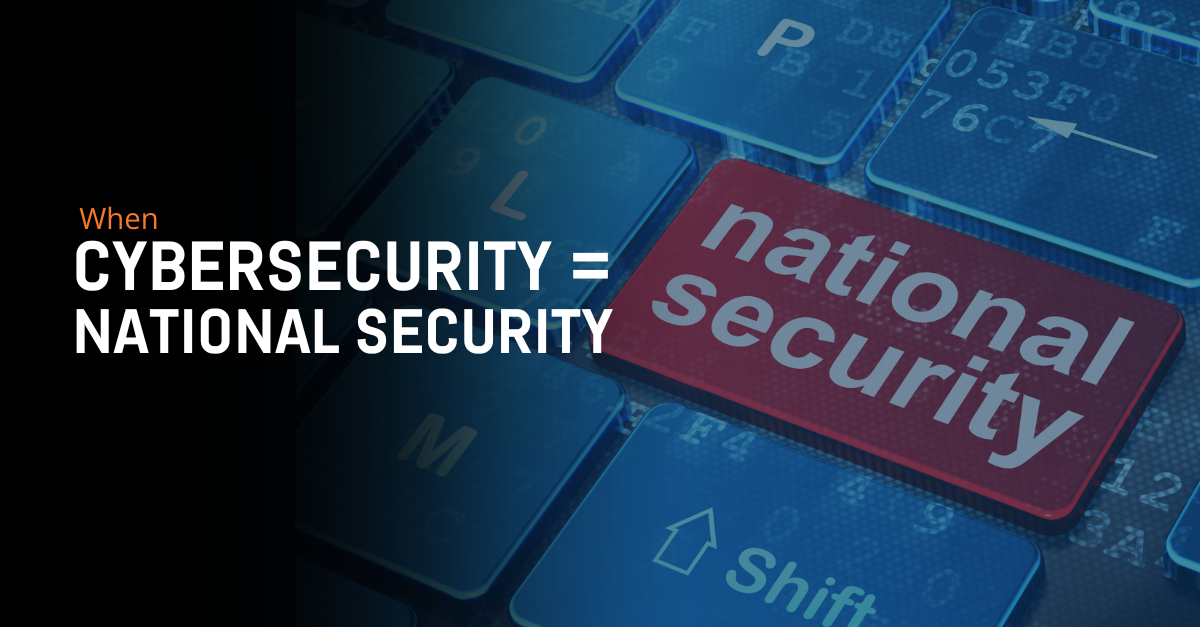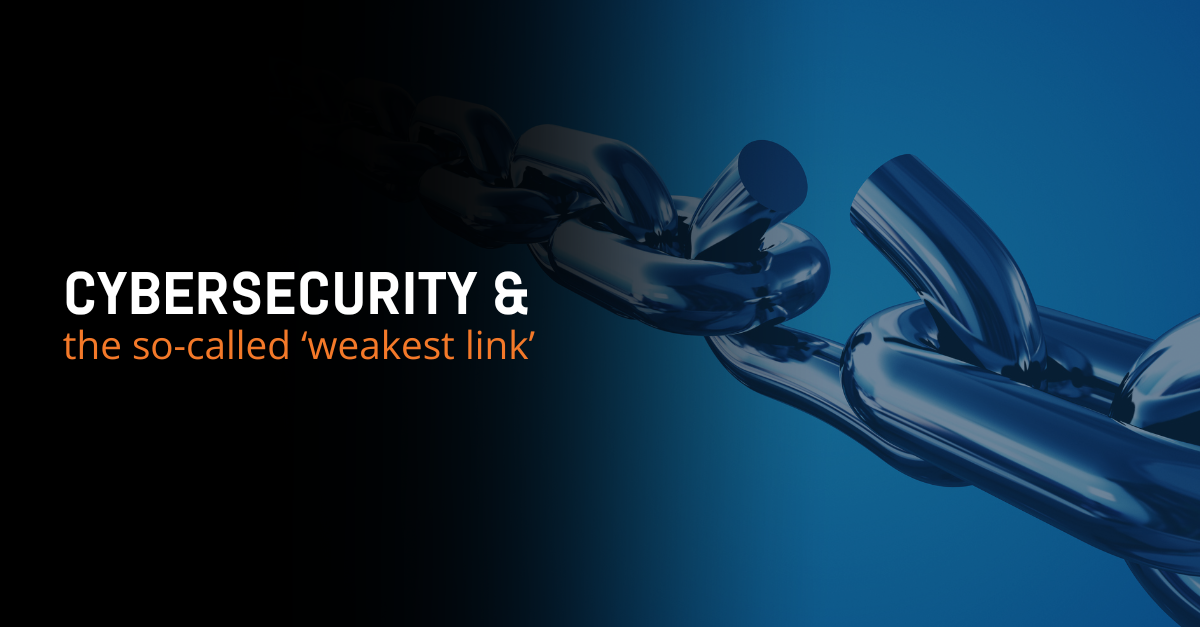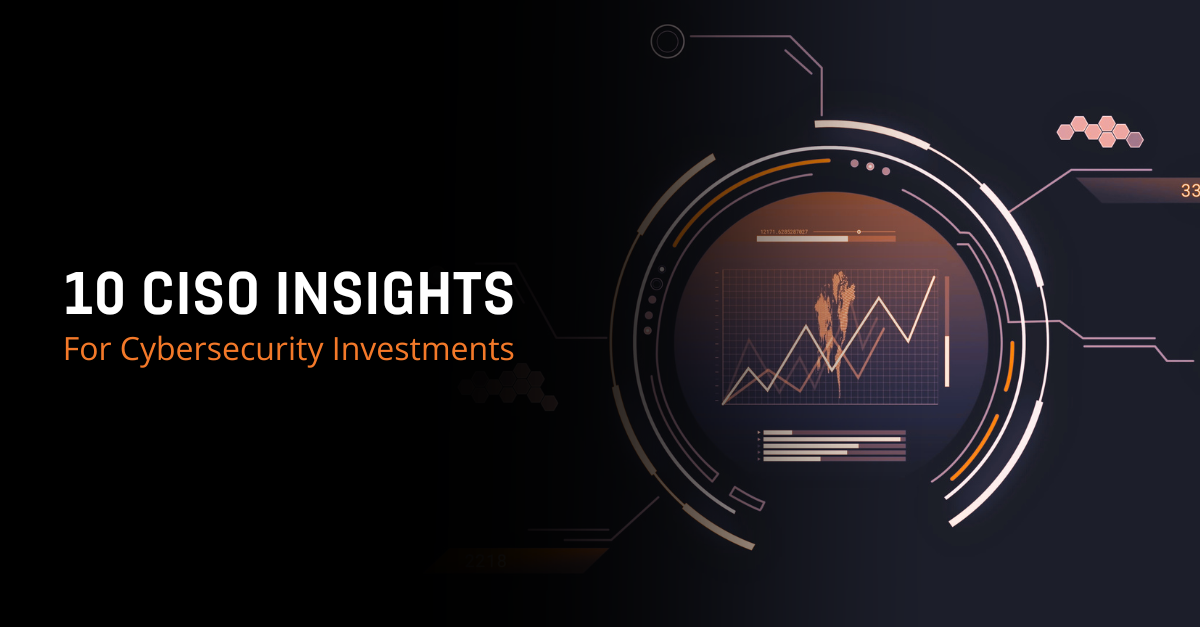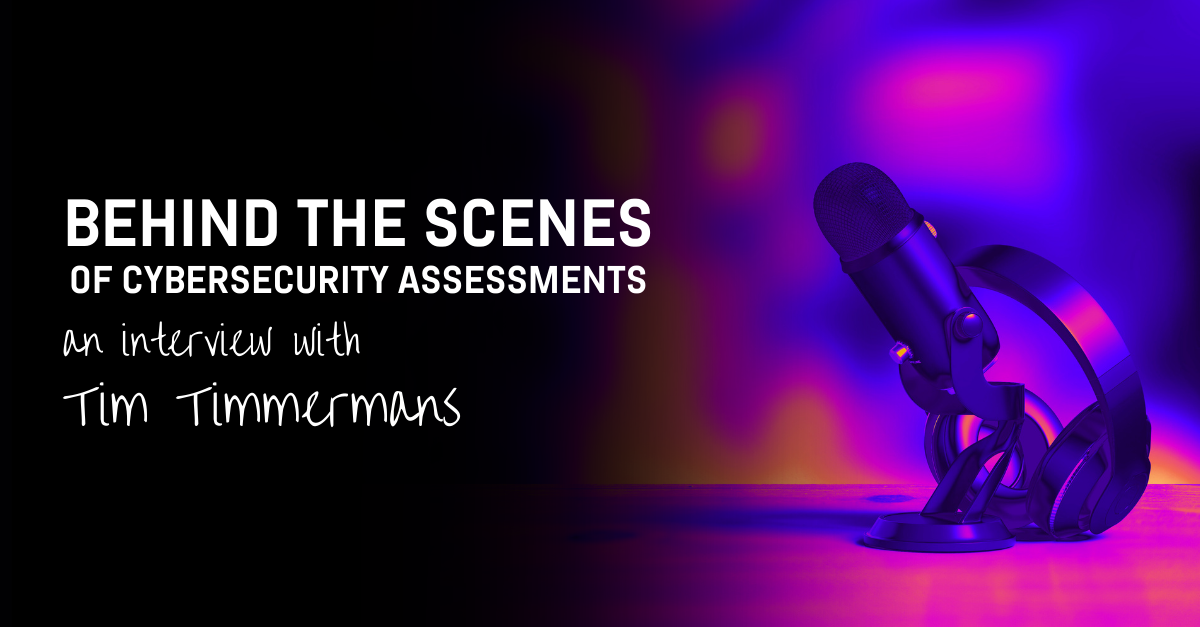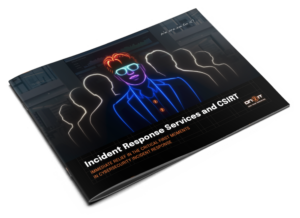When cybersecurity equals national security
Summary Hybrid warfare isn’t theory anymore. It’s reality. In the Nordics, GPS jamming, drone fly-bys, and fake-news blitzes are testing how nations hold their nerve. War looks different now. It starts online, long before anyone fires a shot. That’s why the NATO Summit in the Hague this year mattered. It wasn’t just diplomats in suits. … Read more
